This gallery shows 34+ high-quality and best-resolution Bomb PNG images, vectors, stickers, logos, Icons, and clipart pictures with transparent backgrounds.
Related Topics: Explosion PNG | Grenade PNG | Gun PNG
Free download all the Bomb PNG images for graphic design, projects, presentations, web design, editing, and other works.
Bomb PNG images for free download:
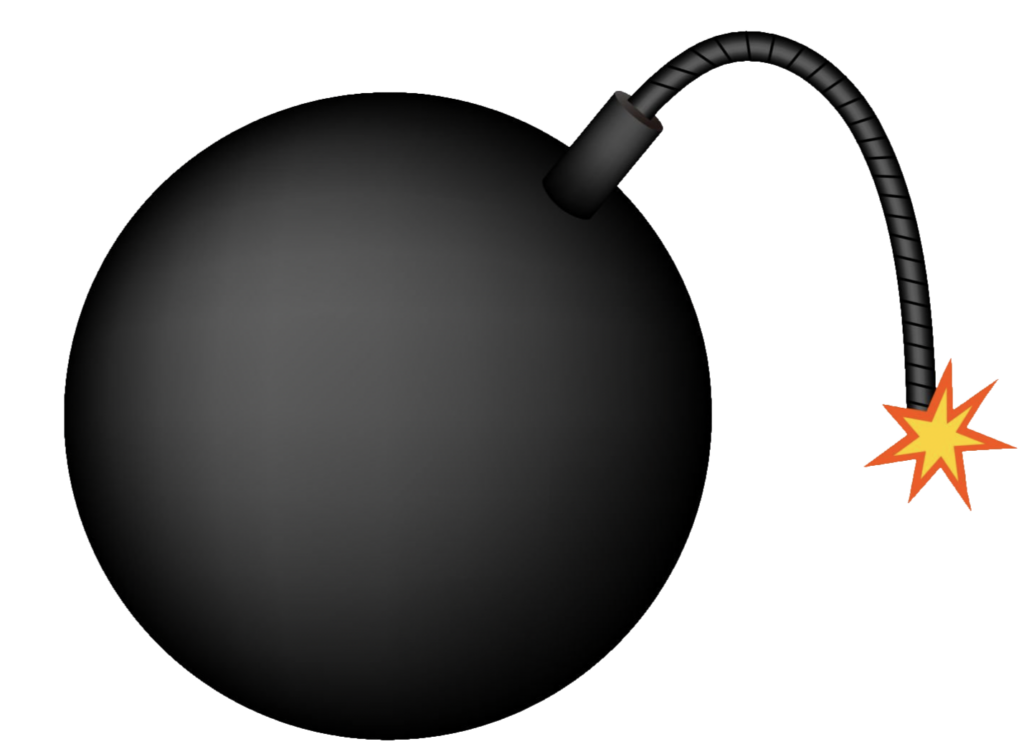
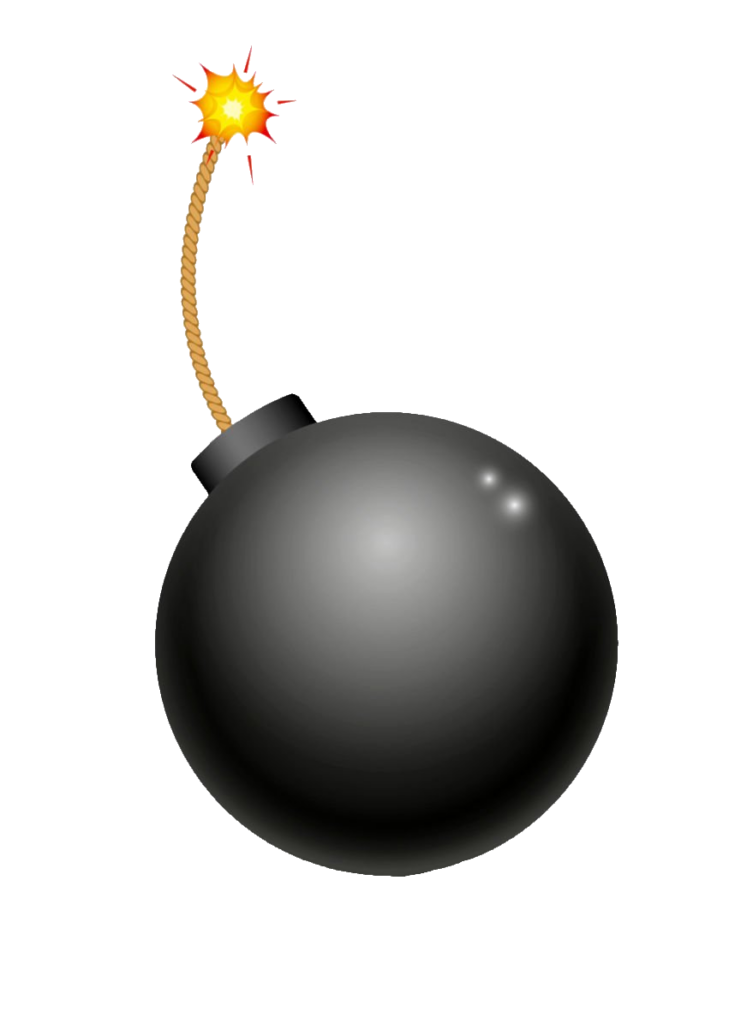
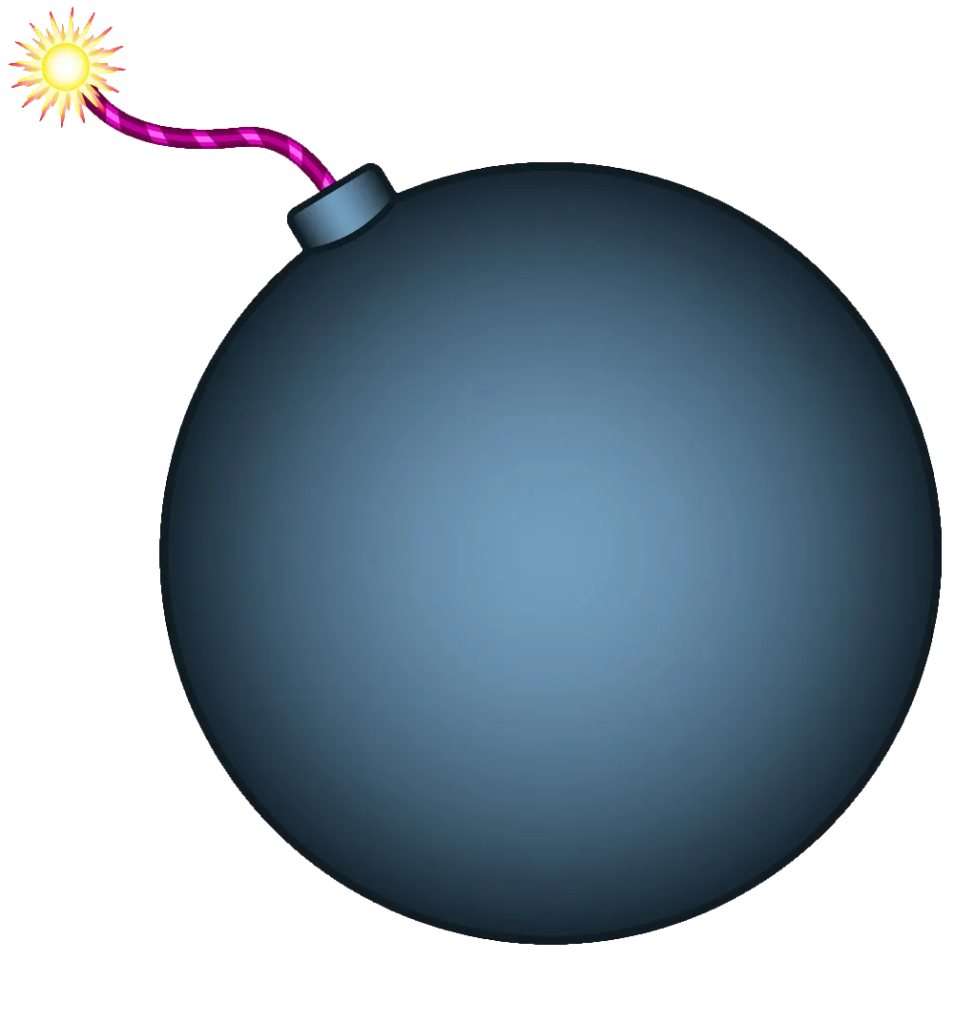
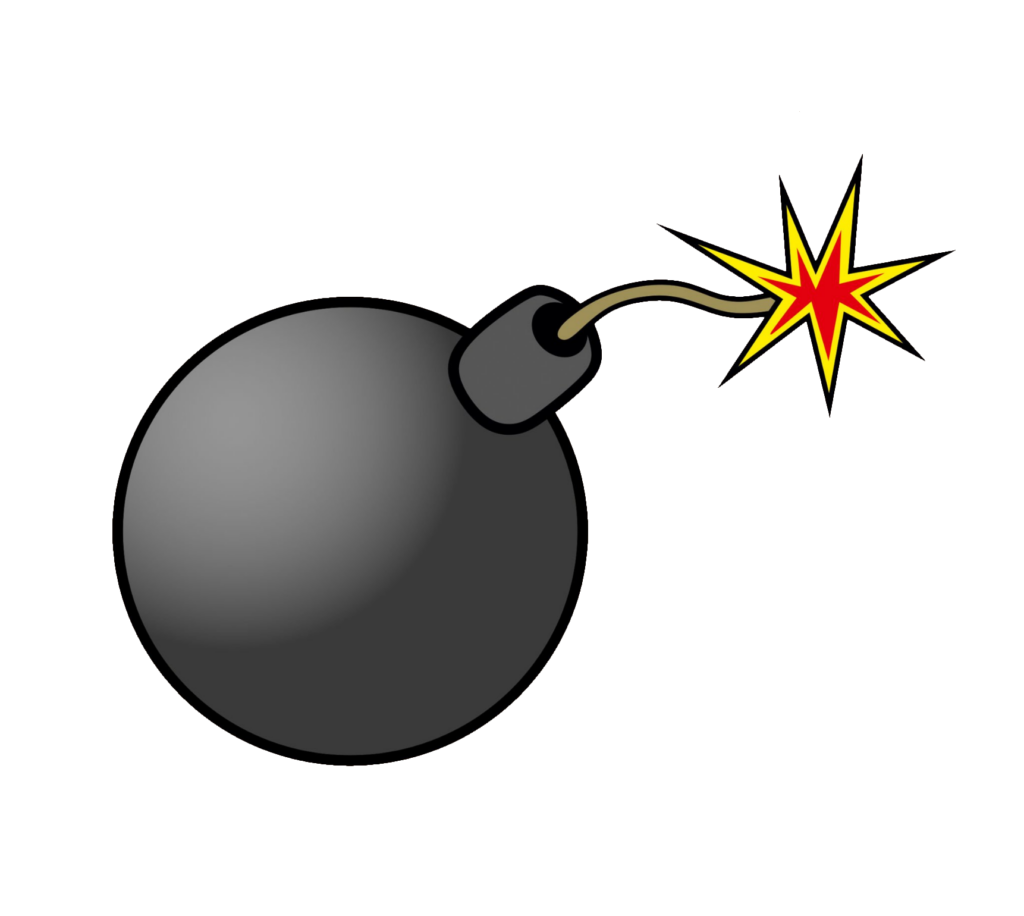


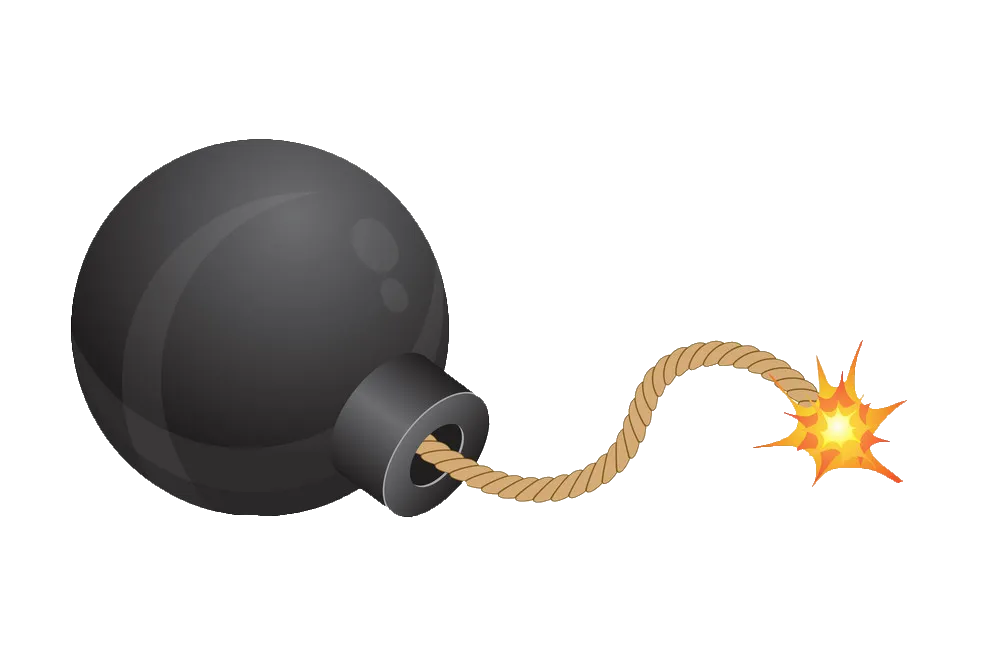




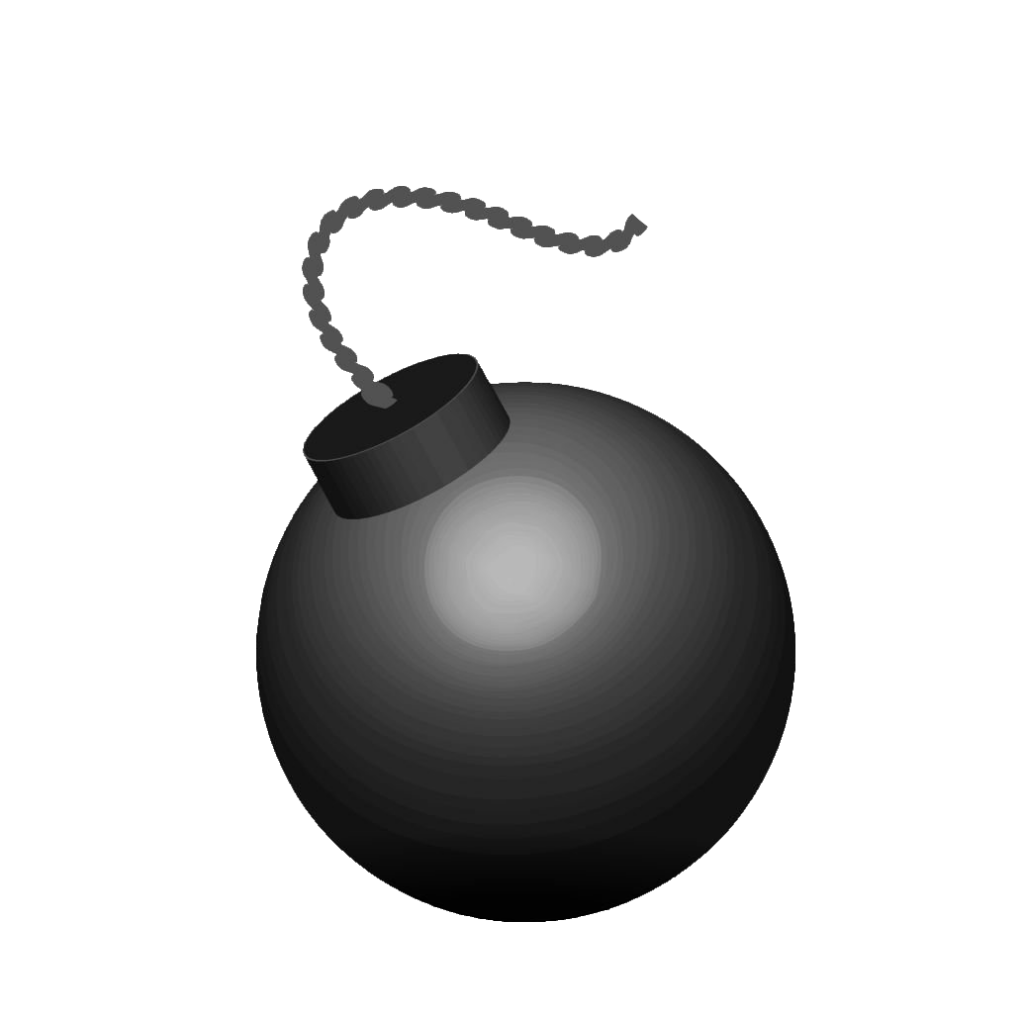
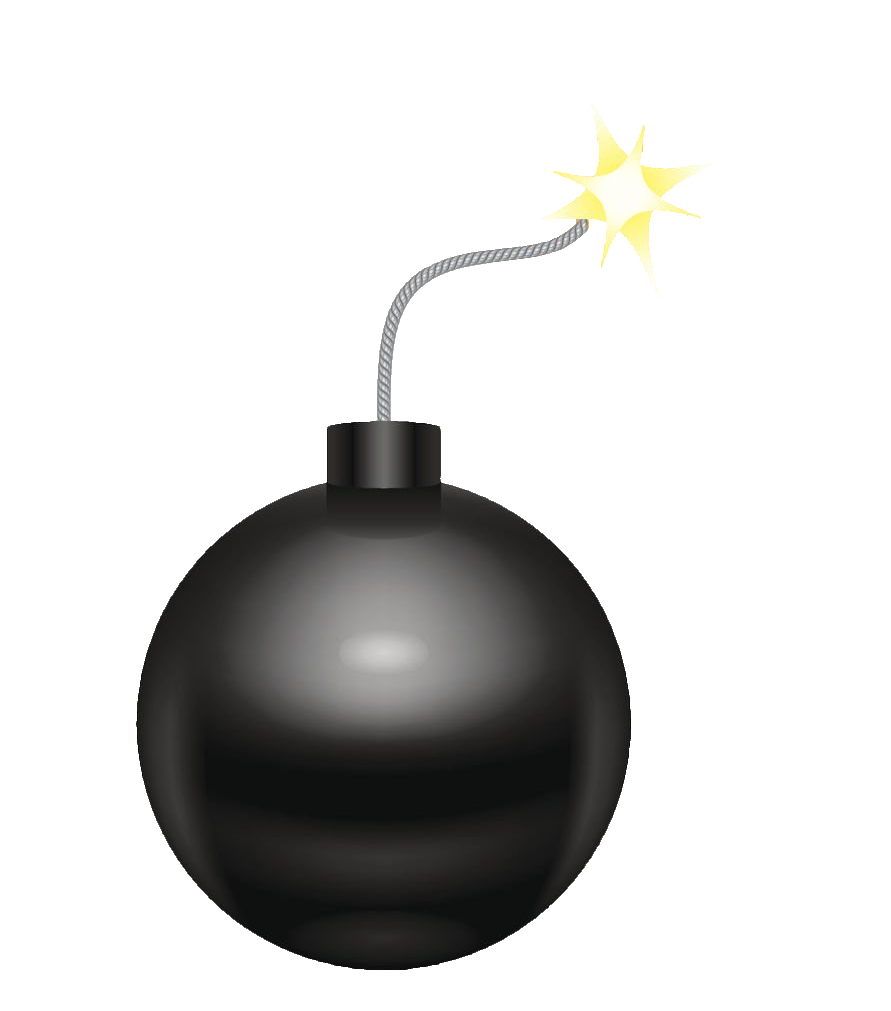
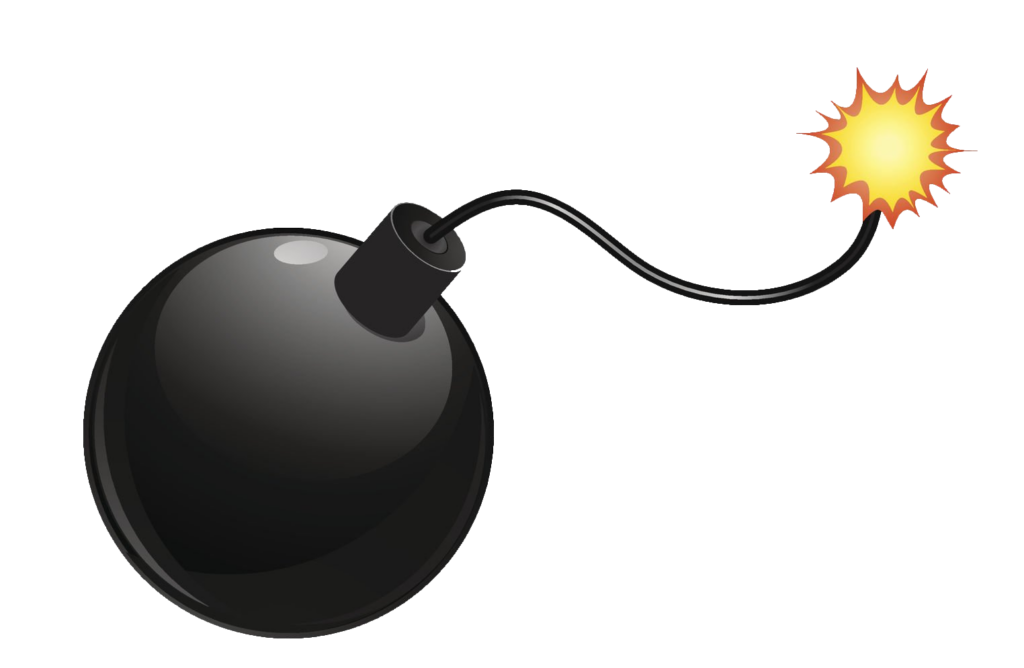
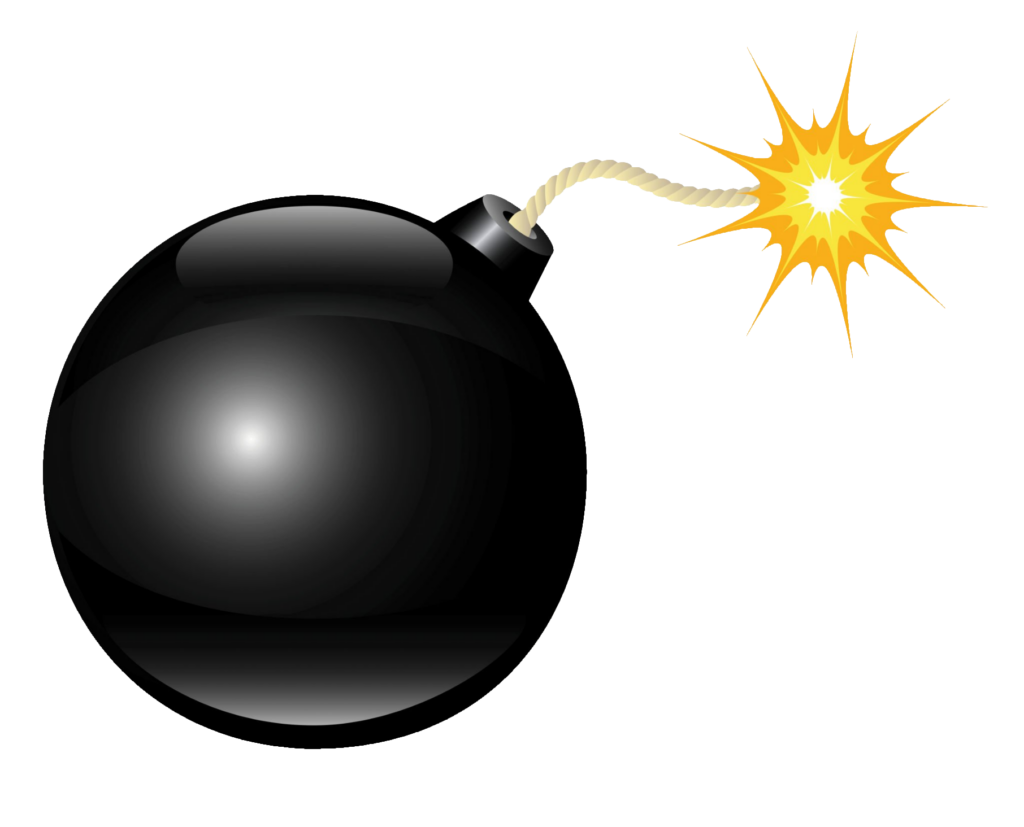
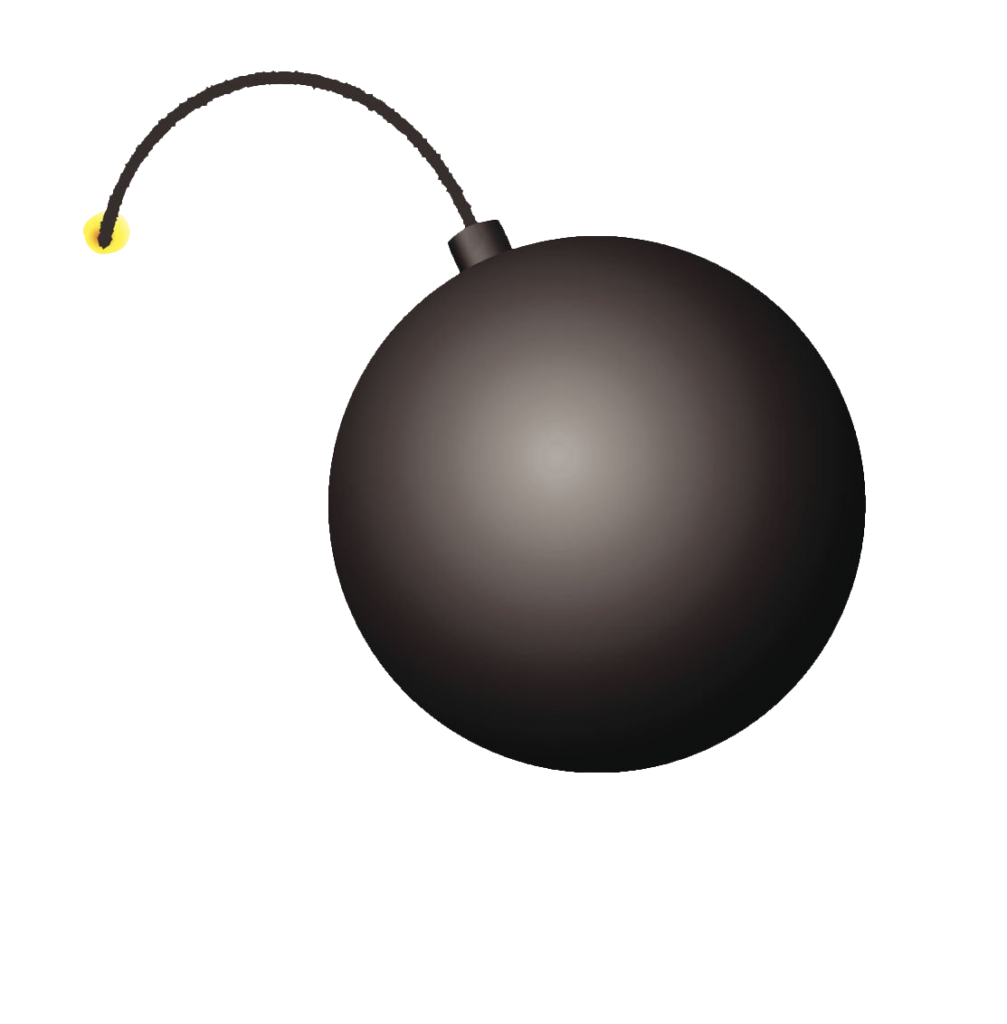


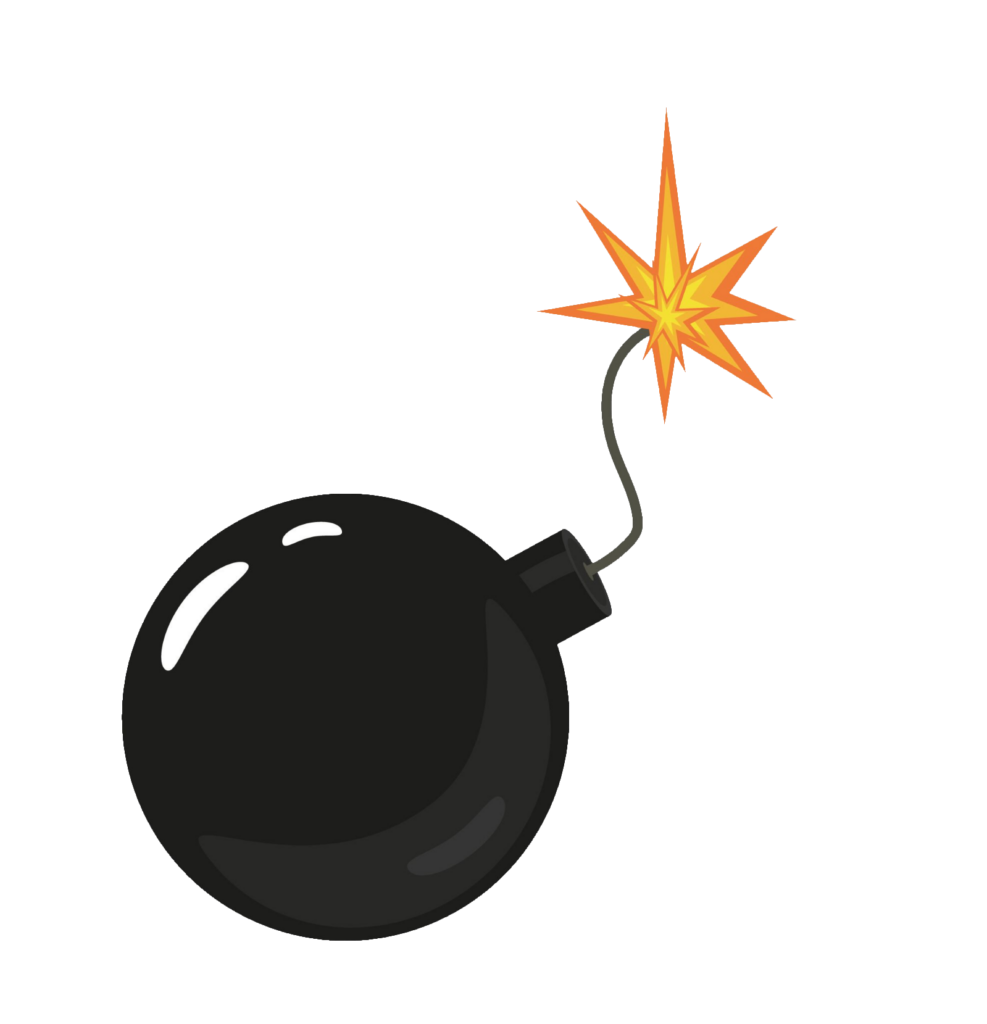
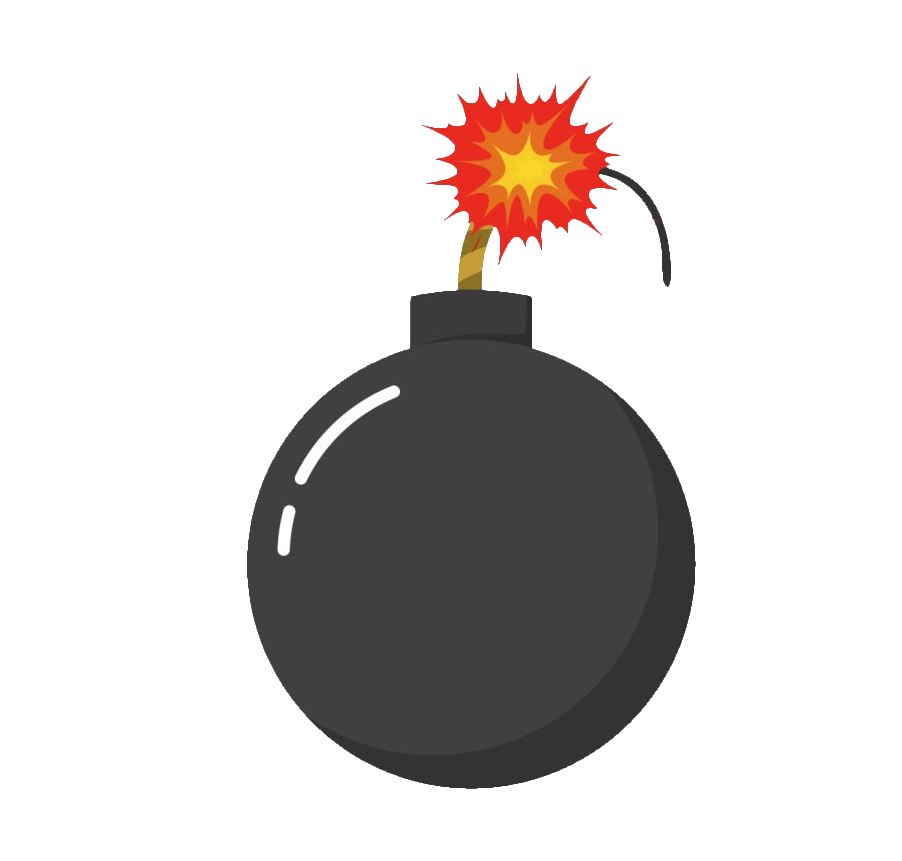

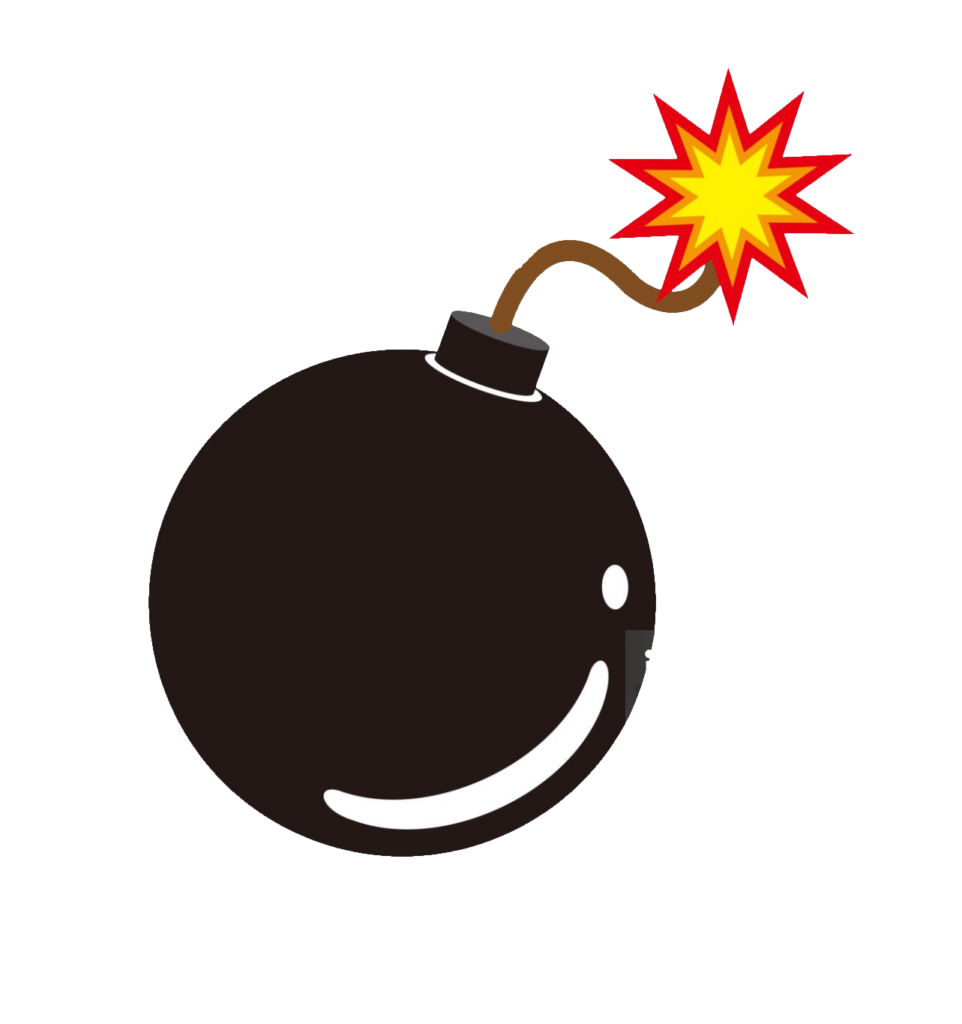
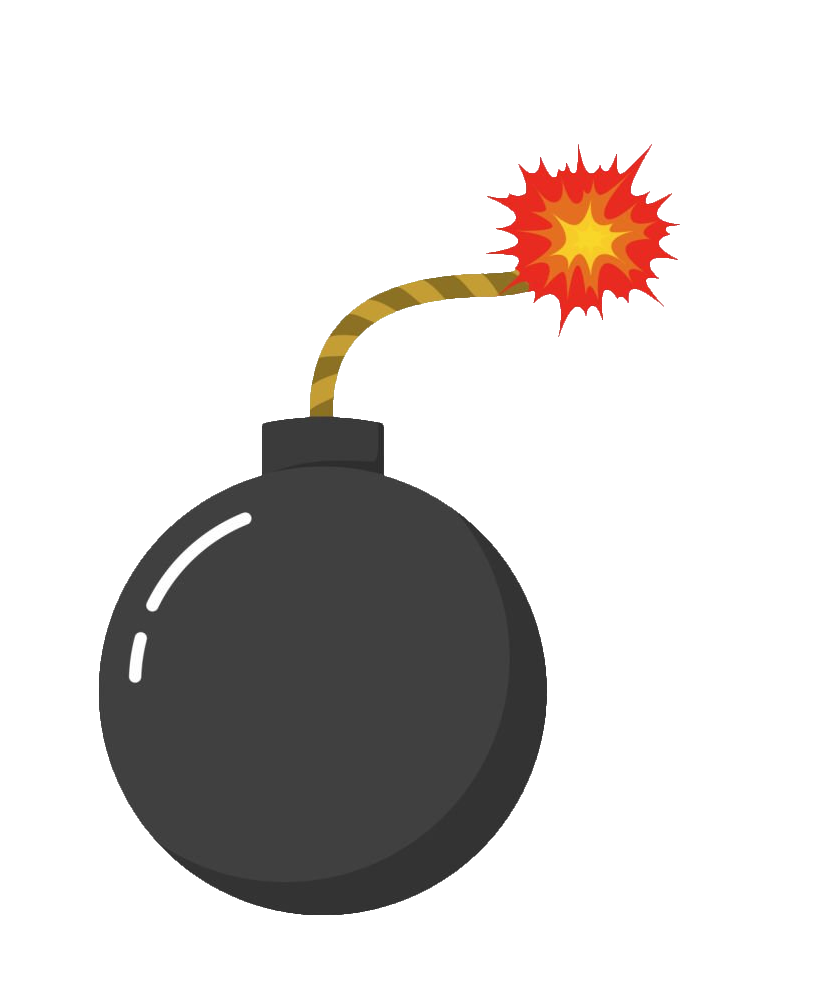

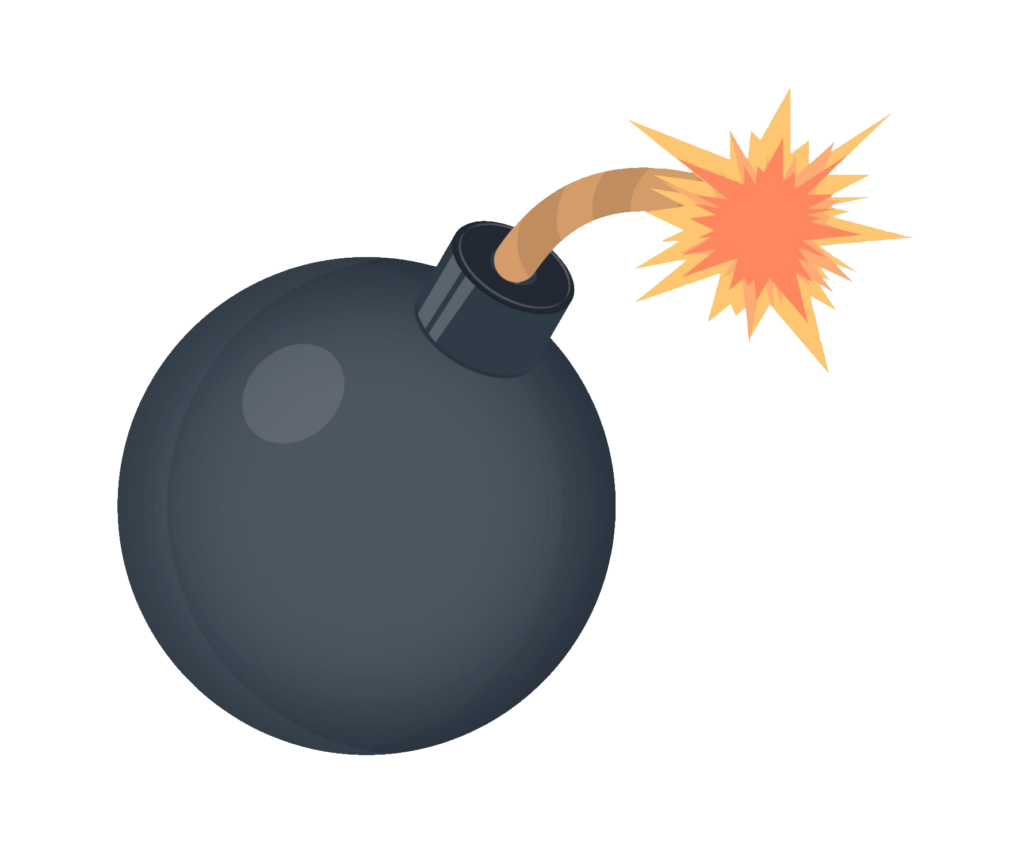
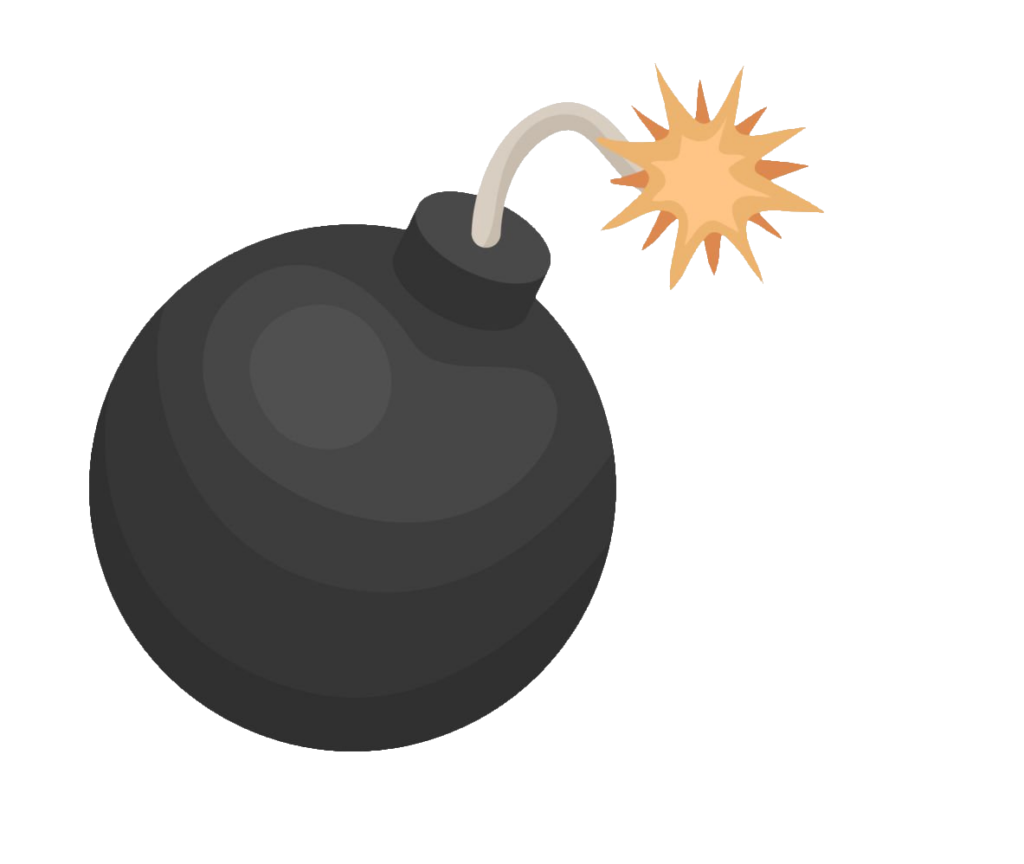
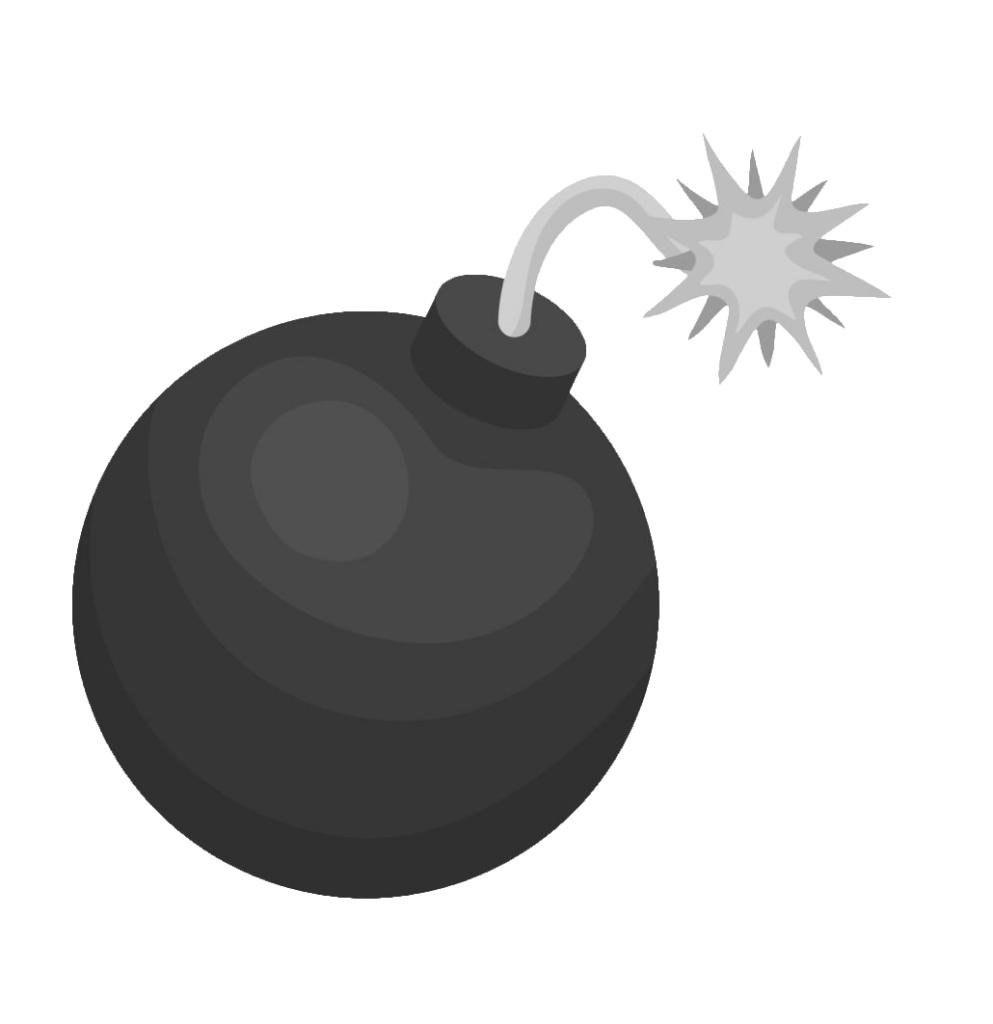
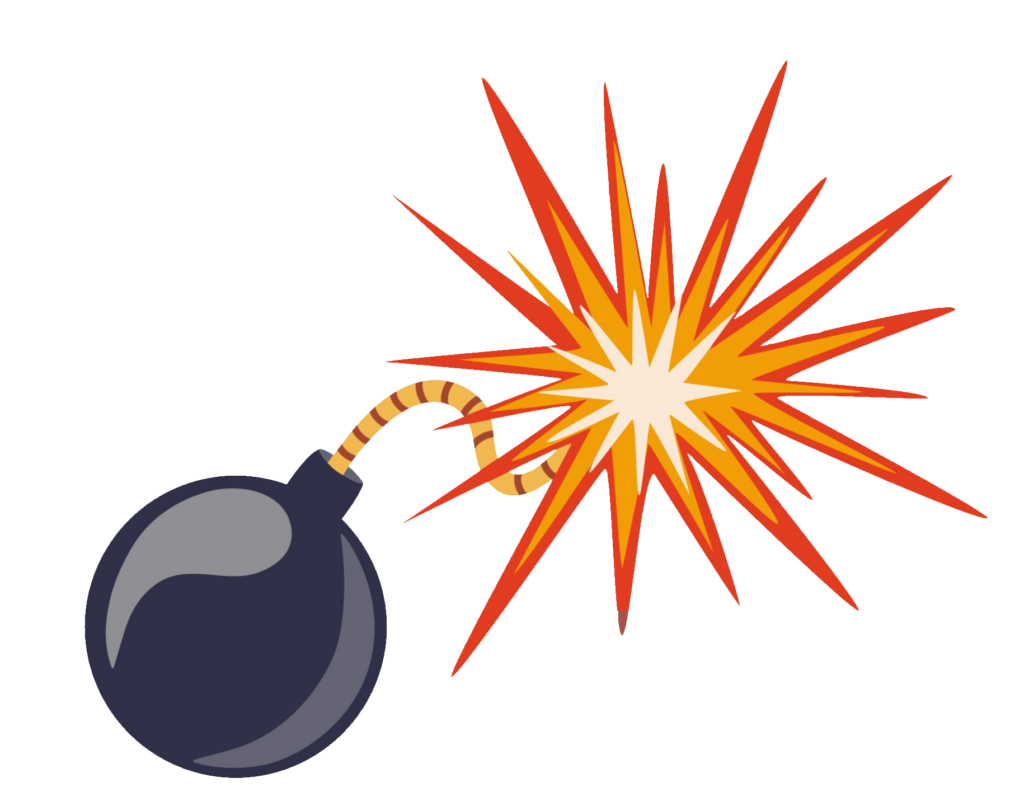

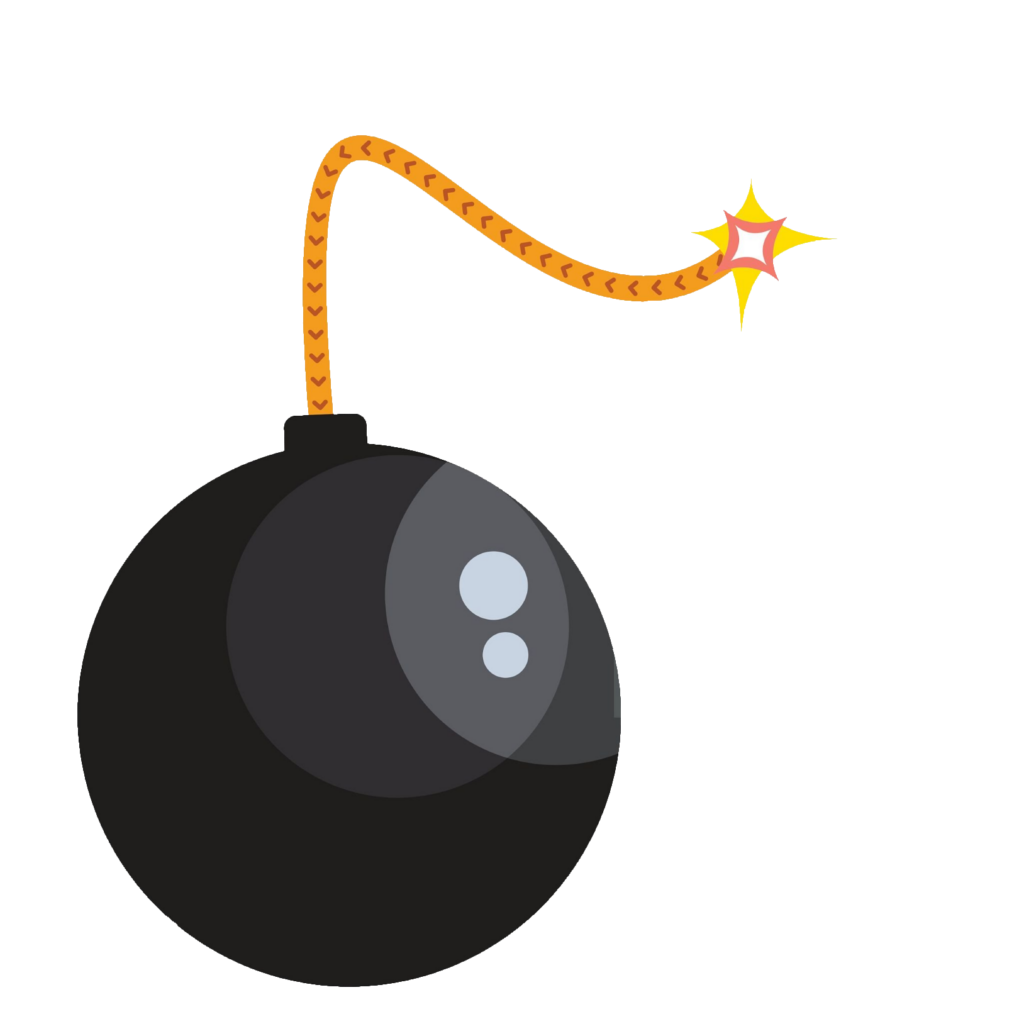
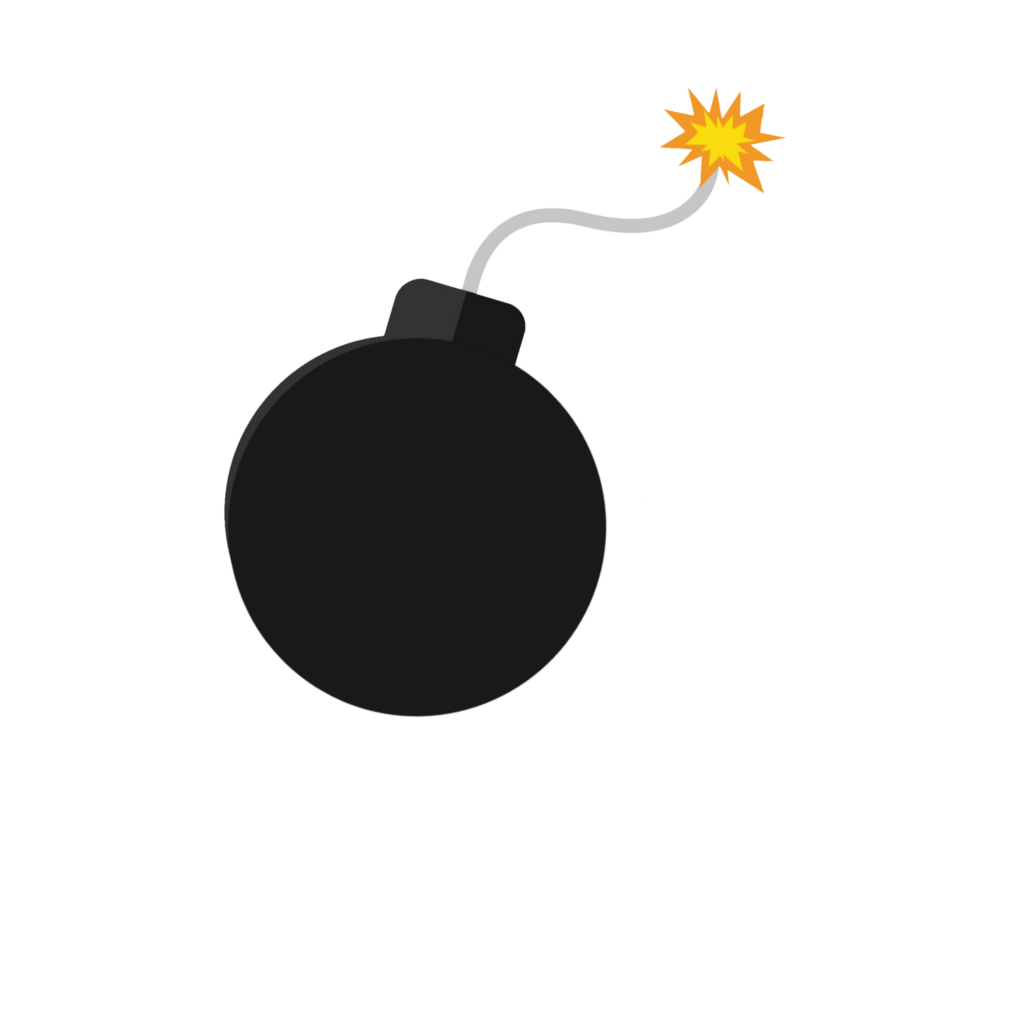
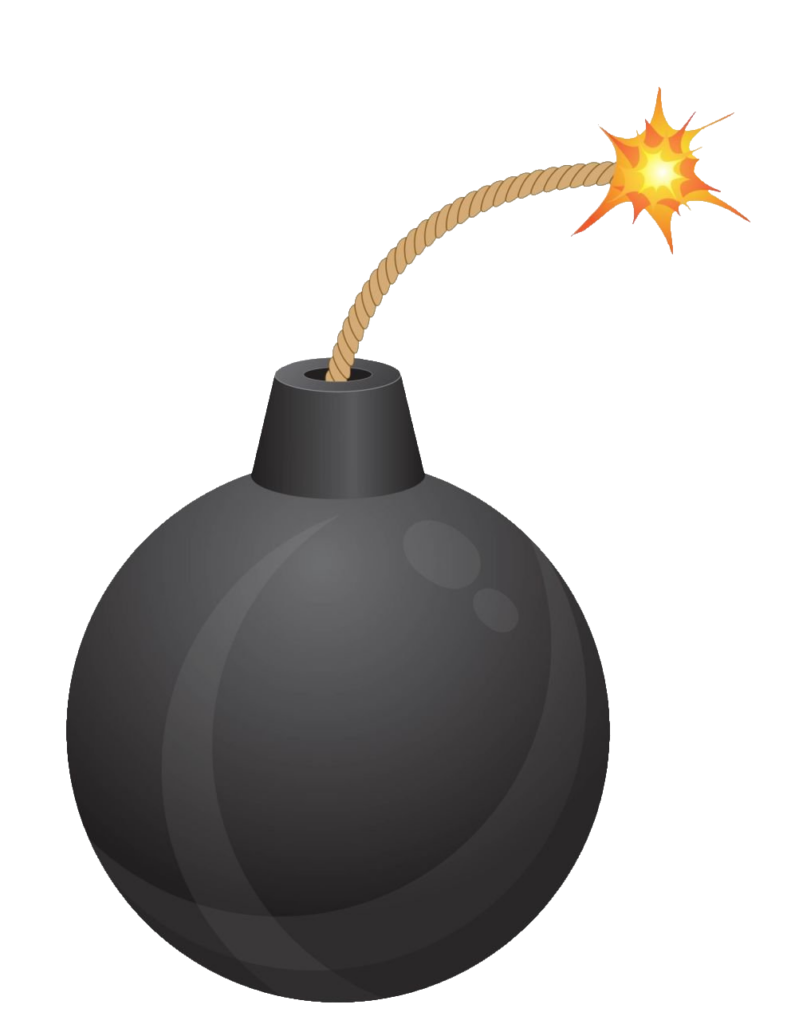

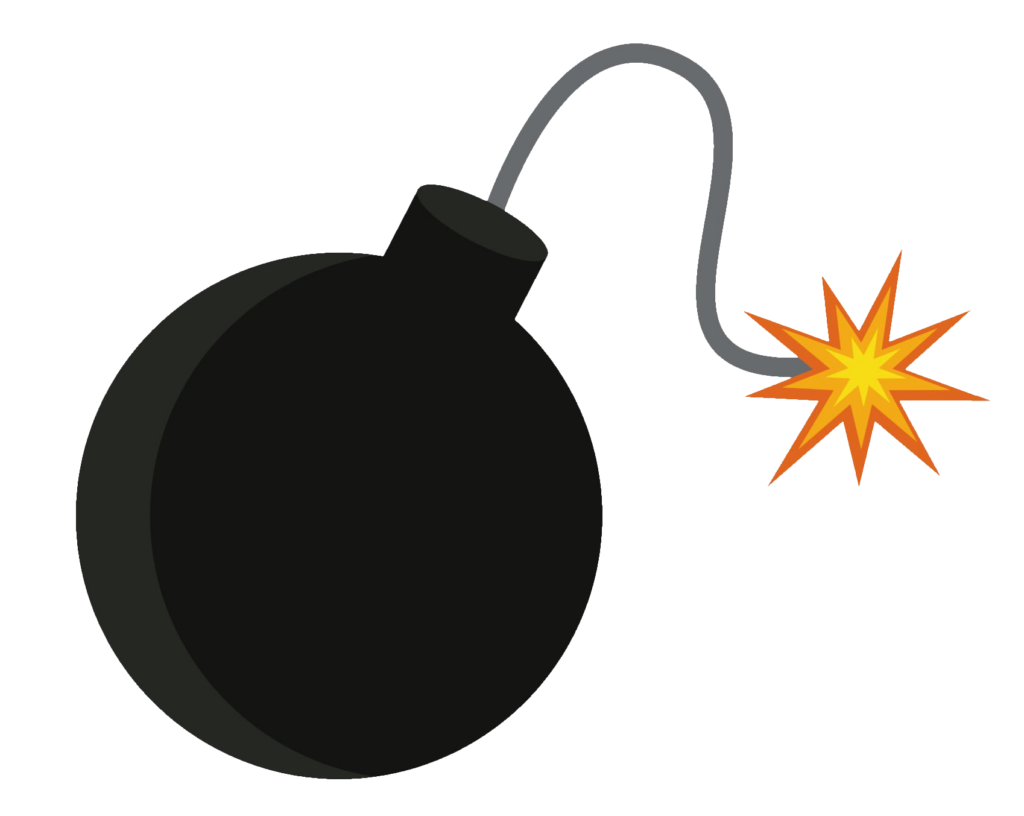
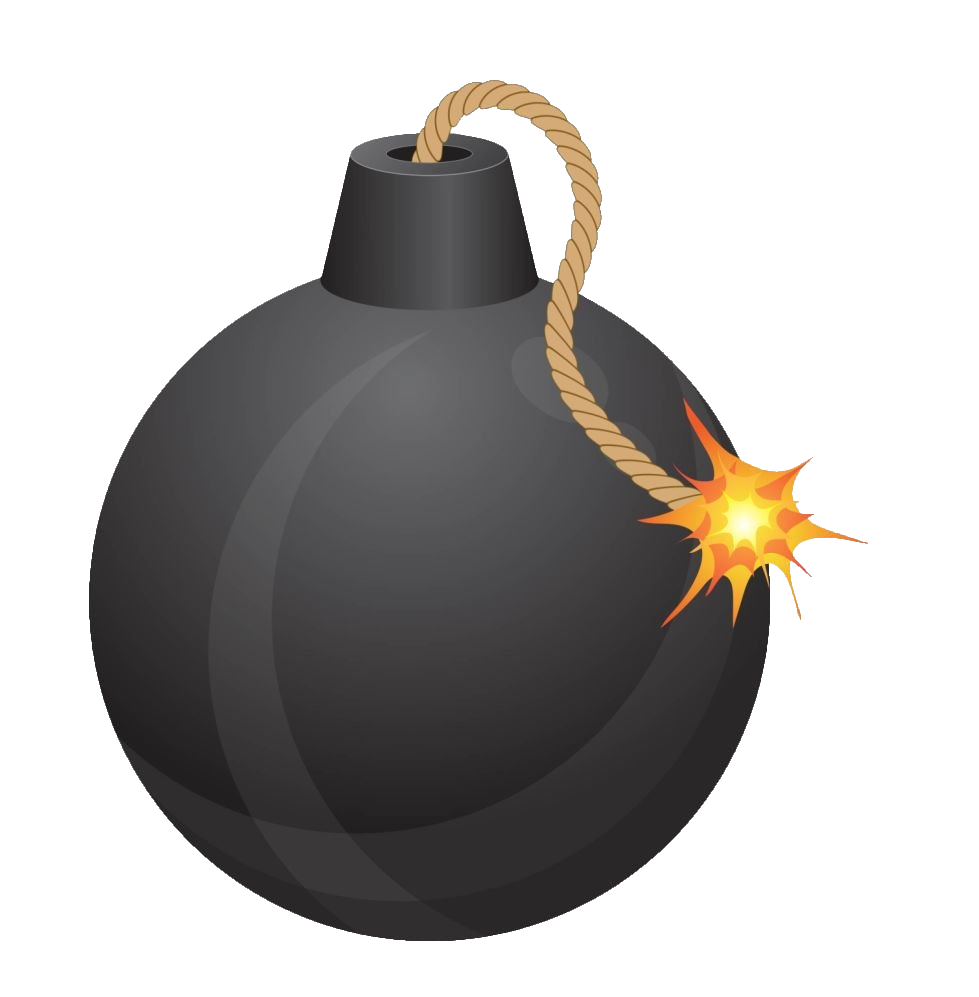
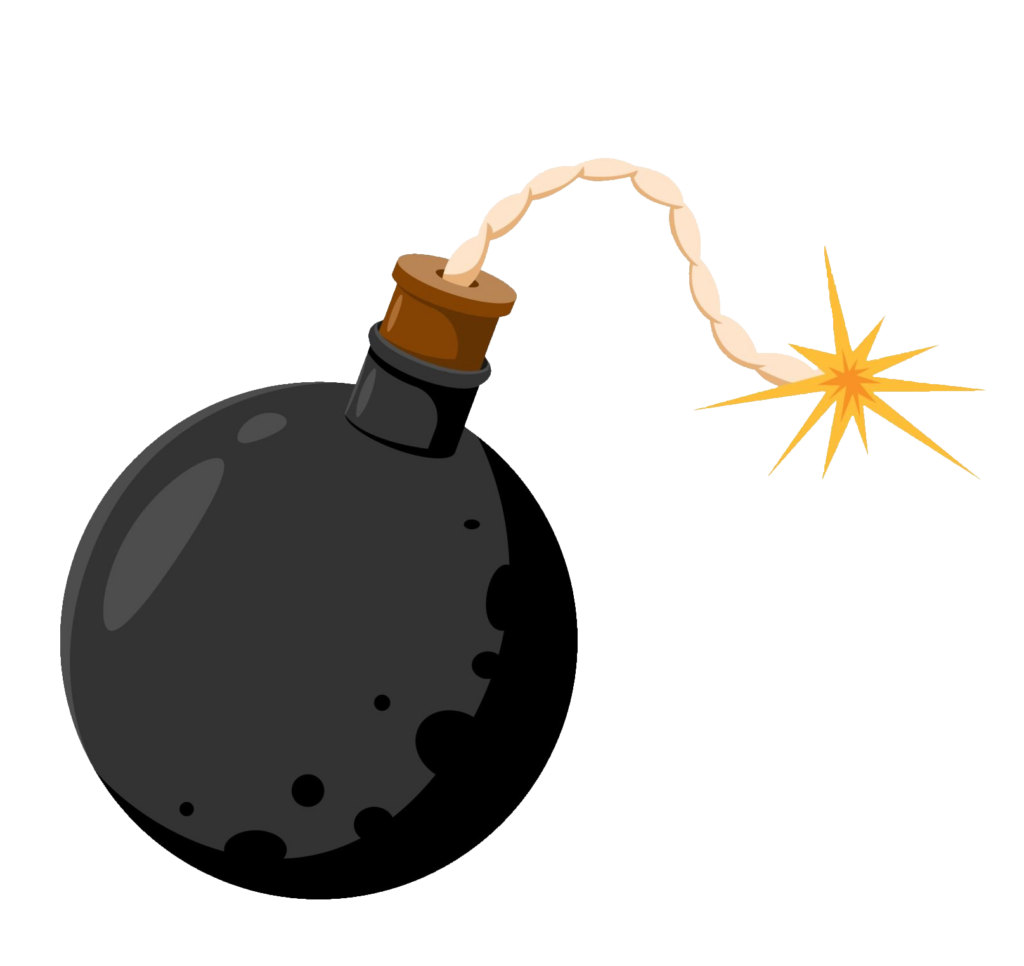
A bomb is a device designed to create an explosion, releasing energy rapidly in the form of blast waves, heat, and often shrapnel. These devices vary greatly in size, purpose, and complexity, from small, handheld devices to large, destructive machines. Most bombs use chemical explosives, though nuclear bombs release energy through nuclear reactions, which result in even more powerful and devastating explosions. Bombs have been used throughout history for various purposes, including military, industrial, and even constructive applications, although they are most infamously associated with warfare and terrorism.
Bombs are typically triggered by a variety of mechanisms, including timers, remote controls, or direct contact. Upon activation, the explosive material inside the bomb undergoes a rapid chemical reaction, turning solid or liquid fuel into gas almost instantaneously, causing it to expand and produce a powerful shockwave. This shockwave, traveling at supersonic speeds, is capable of causing extensive damage to structures, people, and anything in its radius. The bomb casing often breaks apart upon detonation, producing shrapnel that further increases its destructive capability. Bombs may also be designed with additional materials, such as metals or toxic chemicals, to enhance their lethal impact or to create additional hazards, such as fire or contamination.
Historically, bombs have played a significant role in both offensive and defensive military strategies, dating back centuries. Their development evolved with advancements in chemistry and engineering, leading to the creation of increasingly sophisticated devices. World War II saw the development of the first atomic bombs, which ushered in the nuclear age and significantly altered global military dynamics. Since then, the proliferation and potential misuse of bombs have become critical concerns worldwide, especially as terrorist groups and non-state actors gain access to bomb-making materials and information.
In addition to their use in conflict, bombs are also utilized in industries such as mining, demolition, and construction. In controlled demolitions, for example, experts use explosives to bring down buildings in a safe and precise manner. In these cases, bombs are carefully engineered and placed to minimize unintended damage and ensure safety. Despite these constructive uses, the primary association of bombs remains with their capacity to cause harm, leading to ongoing international efforts to regulate and control their production, distribution, and deployment to reduce the risks they pose to society.
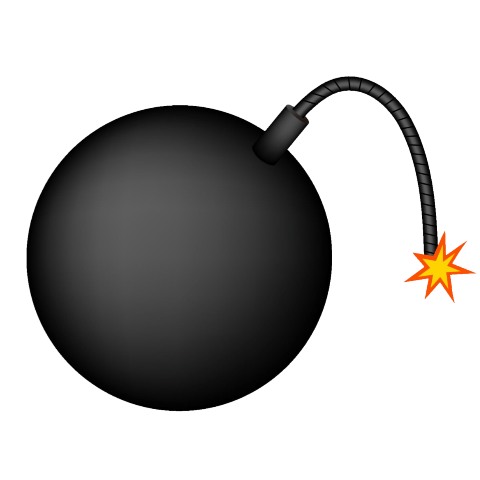

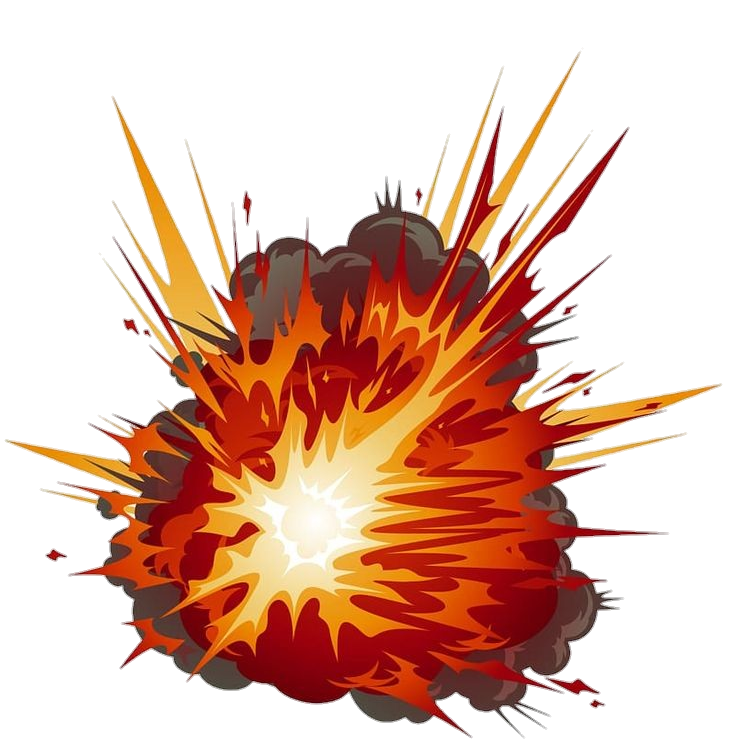
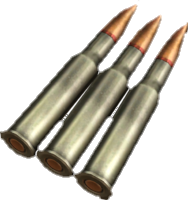
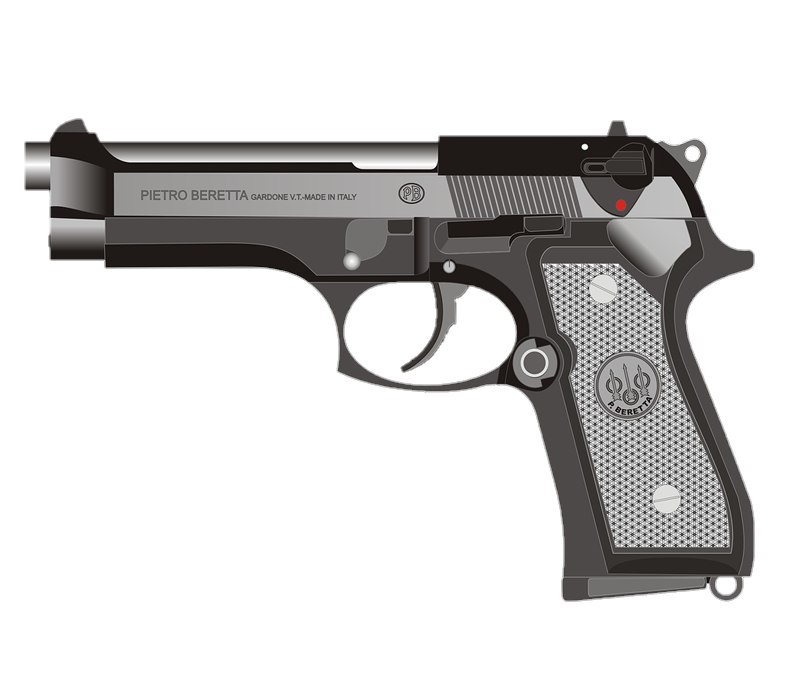

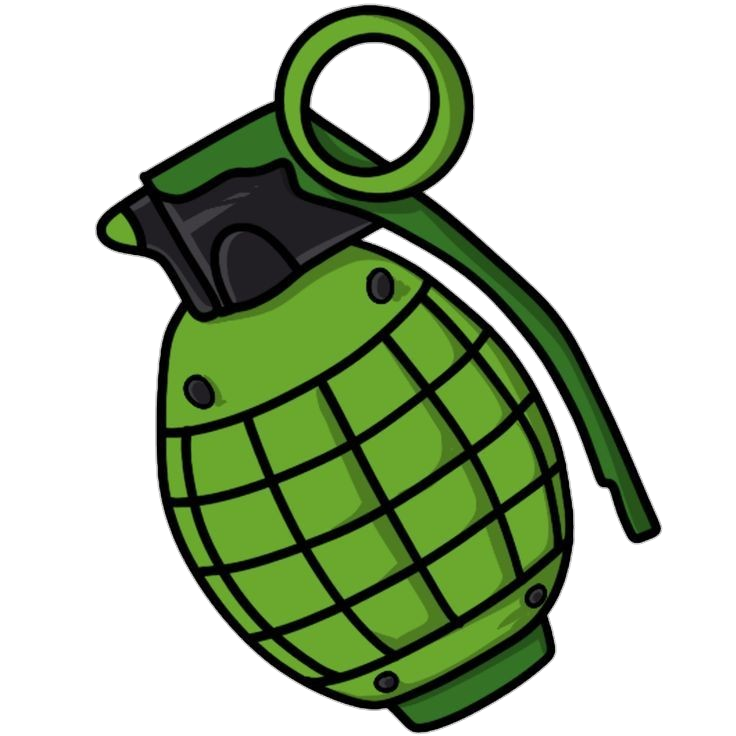
Leave a Comment